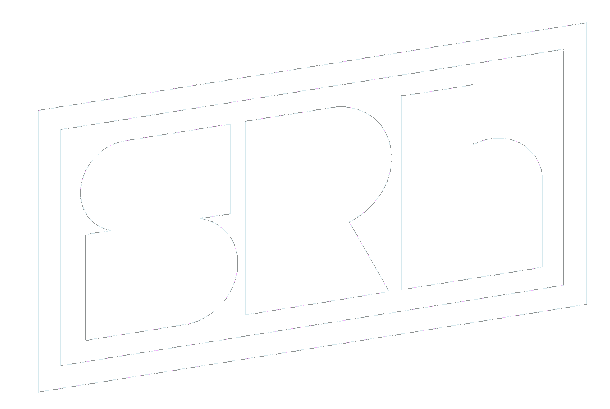Recklessly Used & Habitually Misunderstood
It’s rare that we work with clients in this business who feel their advertising campaigns should be less strategic. Most agree that a disciplined strategic approach is crucial to success in business.
Why?
A good campaign strategy provides a sense of direction and measurable goals. It makes day-to-day decision-making easier because everything can be compared against the strategy: On strategy? Good. Off strategy? Bad.
Of course, it’s not always that easy. Personal preferences and politics get in the way. The landscape can change at a moment’s notice. Investments and partnerships can fail.
But a really good campaign strategy can power through all of that noise.
And that’s where the true challenge lies ...
… how do you know if your campaign strategy is good when you haven’t launched the campaign?
How can you evaluate a campaign strategy before you’ve met, or failed to meet, your goals?
What the hell is strategy anyway?
Welcome to the first of a series of SRH Dispatches on campaign strategy, where we will help you answer these questions and more.
First, I should clarify how SRH defines strategy because it’s one of the most recklessly used and habitually misunderstood words in marketing and business:
A Strategy = A major choice we make to win with scarce resources.
Now that we’ve got that totally inarguable and objective piece of business out of the way, let’s move on to “Strategy on a Page,” a strategic framework from the brilliant Julian Cole that we’ve adapted at SRH.
(Hat tip to his planning dirty academy, which we can’t recommend enough).
Part One » Strategy on a Page
Strategy on a Page is a summary of all the goals, problems, insights, and choices in your strategy. It’s in narrative form, so anyone working on the campaign can understand it.
It’s the North Star. The key. The distillation.
Sweating out the details of the “strategy on a page” is the first crucial step to a successful campaign.
Here it is, fill-in-the-blanks style:
Brand name has a business problem.
Problem is, there’s a consumer problem in the way.
However, we have an insight that unlocks the problem!
So we need to enact a solution based on that insight,
so that we enable a consumer goal,
helping to achieve our business goal.
Let’s look at a real-world example of how this works.
Because many of SRH’s client campaign strategies are confidential, we’ll share one of Julian Cole’s public-facing case studies:
Lysol (brand name) is a category leader in a dying category of germ killing disinfectants (business problem).
Problem is mothers see germ-kill as overkill (consumer problem).
However, for moms, protection is an instinctive act of love (insight).
We need to make the strength of Lysol protection as everyday as the strength of a mother’s protection (solution).
So that moms feel assured they’re doing the most to protect their kids (consumer goal).
Helping to increase usage of Lysol products by 20% (business goal).
This framework is a Goldilox—it’s the perfect length.
It’s much simpler than the pages and pages of complex narratives we’ve come across, but more profound than some of the more simplistic “goal-solution” briefs we’ve read.
Massaging your thinking into this framework is the first step toward a good strategy. It ensures you have all of the crucial ingredients.
Over the next few months, we’ll flesh out what each of these ingredients mean so you can create your own strategy on a page. We’ll also look at how you can ensure each of these ingredients is of a high quality.
Before you know it, you’ll be a master chef at campaign strategy.

